USB Serial Console and Programming Module for wESP32 with Type-C connector and 12V PD capability
Designed by Silicognition LLC in United States of America
Buy with confidence.
Our Tindie Guarantee protects your purchase from fraud. Learn More
What is it? To be able to program the ESP32 on the wESP32, we created the wESP32-Prog submodule, a tiny module with micro USB, based on the well-supported Silicon Labs CP2102N, which includes ESP32 a…
Read More…To be able to program the ESP32 on the wESP32, we created the wESP32-Prog submodule, a tiny module with micro USB, based on the well-supported Silicon Labs CP2102N, which includes ESP32 auto-programming circuitry so that this doesn't need to be duplicated on every target board, and no buttons need to be pushed for programming.
An often requested feature was to have a version of the wESP32-Prog with USB Type-C connector, and now there is: the wESP32-Prog-C!
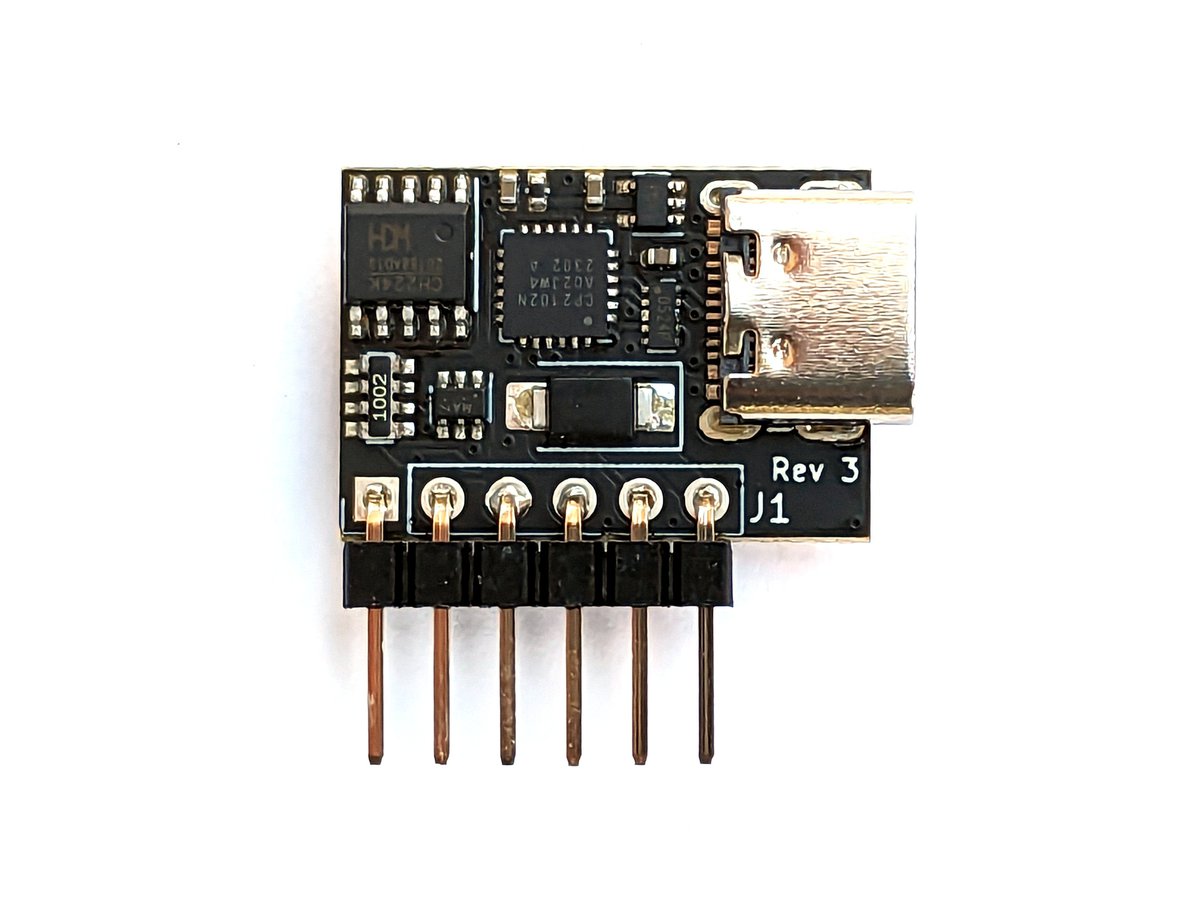
Rather than just making a duplicate with Type-C connector, this version adds a significant improvement: it supports USB-PD, so by bridging the "Req 12V" solder bridge, you can now have 13 W of power @ 12 V delivered to the wESP32 over USB! Since the wESP32 PoE power output is 13 W @ 12 V, it is now possible to have your wESP32 application that requires 12 V powered from either PoE power or a suitable USB PD power supply that supports 12 V, in case PoE is not available!
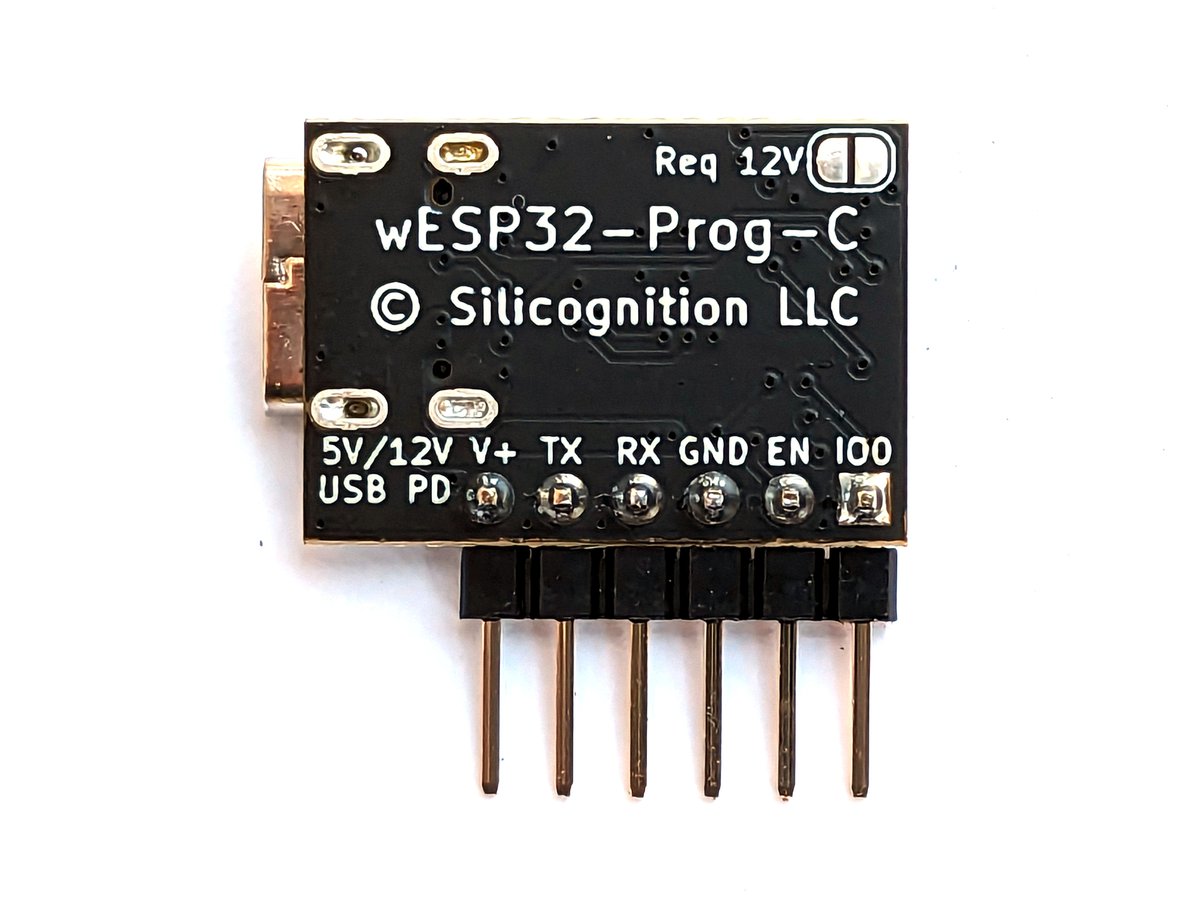
While the wESP32 can be programmed by other means, this module was specifically designed for the purpose, and with its awesome feature set it may be a good solution for your own ESP32 projects as well!
Often, the USB serial interface on ESP32 boards is only useful during development or for factory programming, and not on deployed products. Since I wanted to have the option for the wESP32 to have a USB serial console, but not have to burden every board with it, I decided to make it a submodule. Those who want it can add it in, those who don't need it can leave it off. Now you also have a choice for which type of USB connector you prefer, and a 12 V power option if desired.
It's tiny, flexible, and very useful. Why would you replicate the ESP32 auto-programming circuitry on every board, when you can just put in a 6-pin footprint instead? You can solder a module on boards you use for development, but production boards just have the 6-pin header footprint that costs nothing, and the programming and test fixture can have a wESP32-Prog-C and a row of pogo pins to connect it.
NOTE 1: The auto-programming circuitry does NOT include the pull-up resistors on EN and IO0 on the wESP32-Prog-C because they always need to be present on the main board that has the ESP32 to ensure it boots correctly, whether the programming module is present or not. So please don't complain that the pull-ups are missing, this is by design. They need to be on your main ESP32 board.
NOTE 2: To maintain full compatibility with the original wESP32-Prog, by default the wESP32-Prog-C requests 5 V from the USB PD. This is to prevent blowing up boards that can't handle more than 5 V accidentally. To request 12 V you need to bridge the "Req 12V" solder jumper. Even then, if you connect this to a non-PD capable USB port, you will only get 5 V. To get 12 V, you need to bridge the solder jumper AND ensure that the power supply supports 12 V USB PD output. This is your responsibility as the user, the only thing the wESP32-Prog-C can do is request what it wants but that doesn't guarantee it will be given what it requests. If your supply doesn't support 12 V, you may get 9 V or 5 V instead. If your application only works at 12 V, you need to make sure you have some means of detecting that this is what you actually get.
NOTE 3: Unfortunately due to the significantly larger size of a Type-C connector versus a micro B, the board size had to grow. On a wESP32, an installed wESP32-Prog would be about even with the height of the RJ45 connector, but the wESP32-Prog-C is 4.5 mm taller. You can reduce this difference in height by removing the black plastic holding the 6-pin header together. With some effort you can slide it off the pins, see the pictures below.
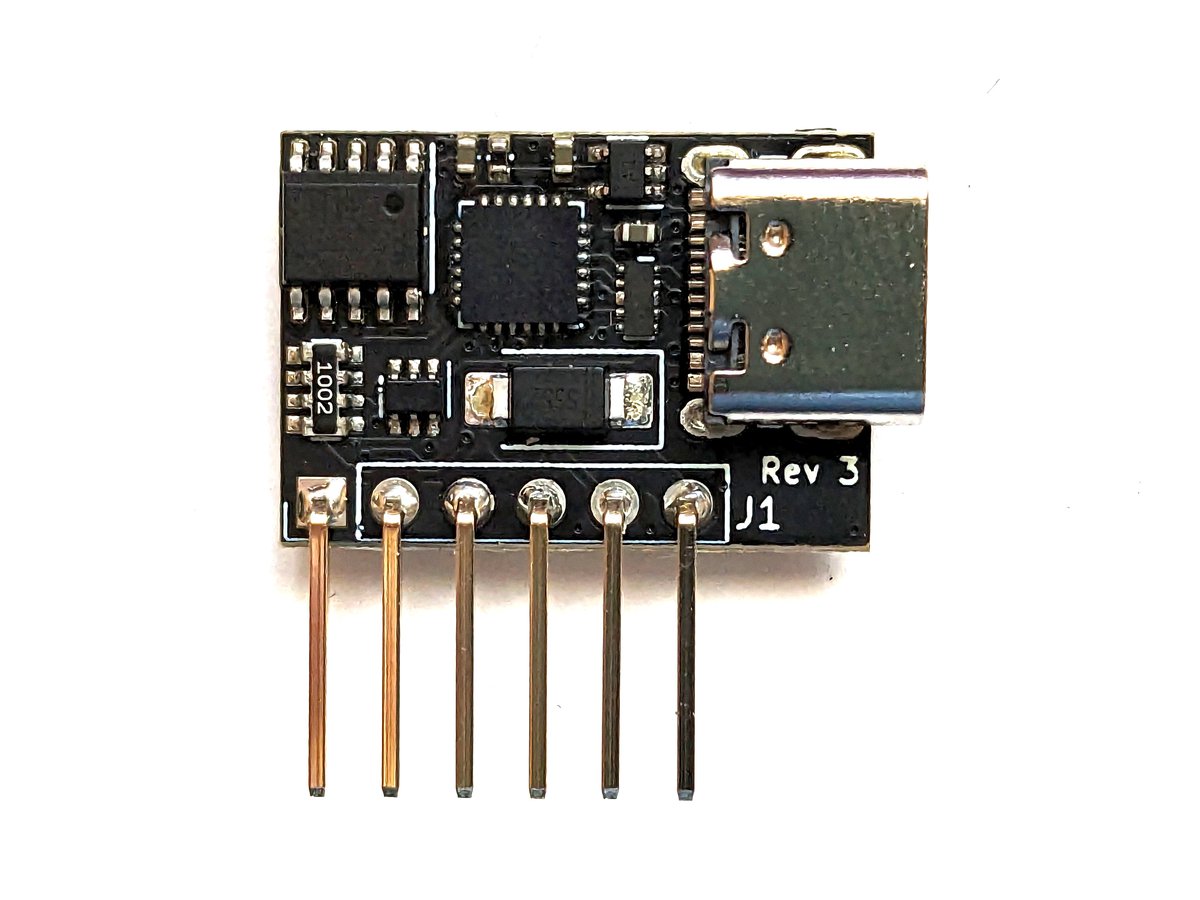

This will allow you to mount the wESP32-Prog-C flush with the main PCB and bring the connector height of the wESP32-Prog-C to about the same height above the main PCB as was the case for the wESP32-Prog with micro B connector. This is only recommended for wESP32-Prog-C that are permanently soldered to a board as the individual pins become mechanically weaker when the plastic is removed.
NOTE 4: I temporarily have a variant for sale that is only 5 V capable, at a significant discount. These were an earlier revision (Rev 2) that used a different power supply topology and might work at 12 V, but they would get very hot at that voltage, so I marked over the "Req 12V" jumper and am selling them as "5 V only" units. They work just fine at 5 V, so you can get a steal if you don't need 12 V output. The main product is Rev 3 and works fine at either 5 V or 12 V output without getting hot.
No country selected, please select your country to see shipping options.
No rates are available for shipping to .
Enter your email address if you'd like to be notified when wESP32-Prog-C can be shipped to you:
Thanks! We'll let you know when the seller adds shipping rates for your country.
| Shipping Rate | Tracked | Ships From | First Item | Additional Items |
|---|---|---|---|---|
|
:
|
| Quantity | Price |
|---|---|
| 1-9 | $9.00 |
| 10-49 | $8.00 |
| 50-99 | $7.00 |
| 100+ | $6.00 |
Buy with confidence.
Our Tindie Guarantee protects your purchase from fraud. Learn More
Longmont, CO, United States of America
Ships from United States of America.
67 Reviews | 1,780 Orders

$8.75
Free Shipping!

$47.00
Free Shipping!

$19.00
Free Shipping!

$55.00
Free Shipping!
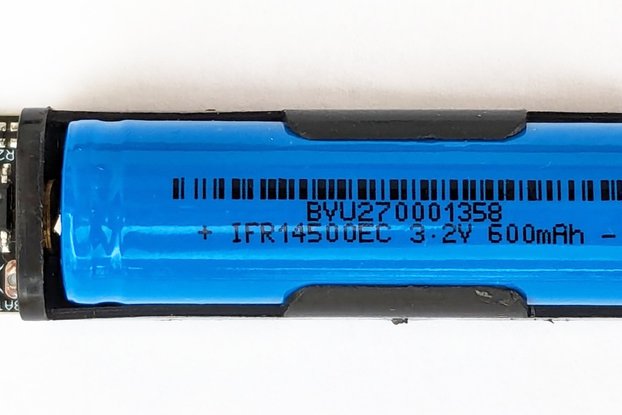
$13.95
Free Shipping!
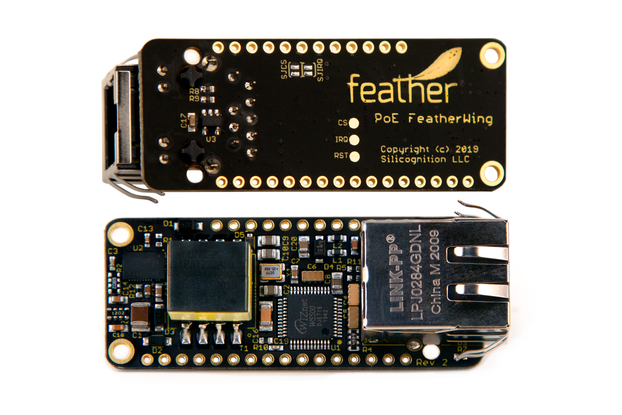
$28.00
Free Shipping!
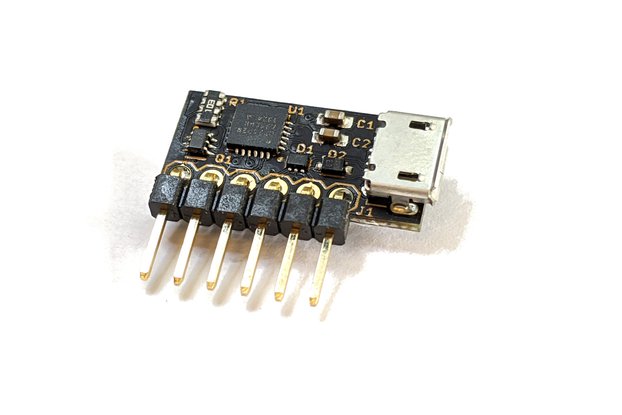
$14.00
Free Shipping!
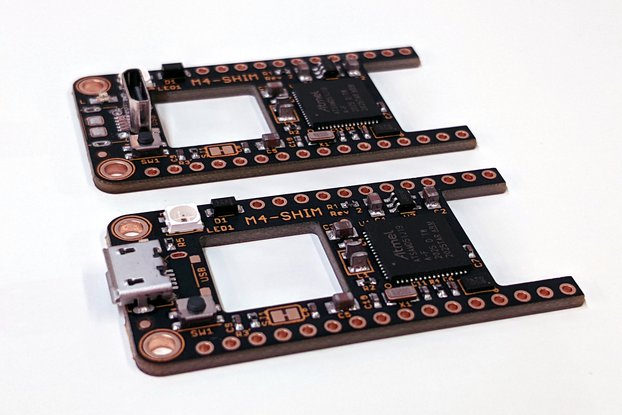
$24.95
Free Shipping!

$28.99
Free Shipping!
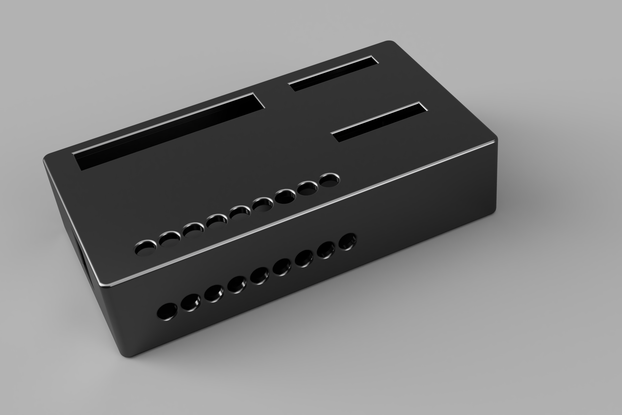
$5.95
Free Shipping!
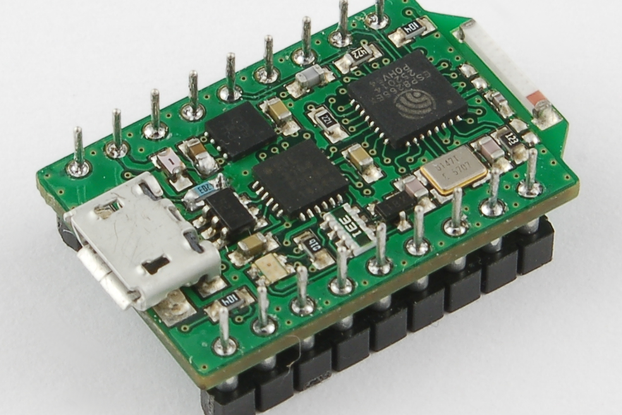
$7.95
Free Shipping!
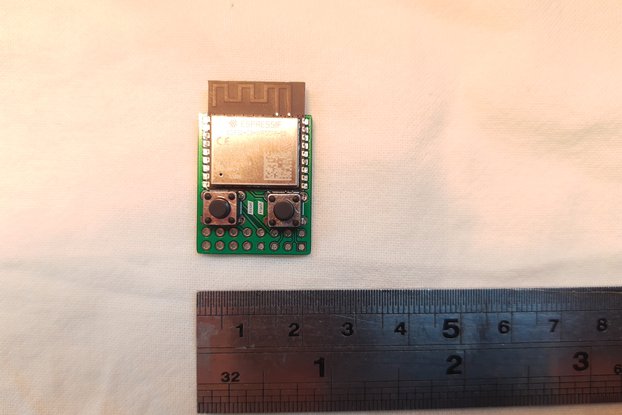
$10.00
Free Shipping!
By clicking Register, you confirm that you accept our Terms & Conditions
We recognize our top users by making them a Tindarian. Tindarians have access to secret & unreleased features.
We look for the most active & best members of the Tindie community, and invite them to join. There isn't a selection process or form to fill out. The only way to become a Tindarian is by being a nice & active member of the Tindie community!
